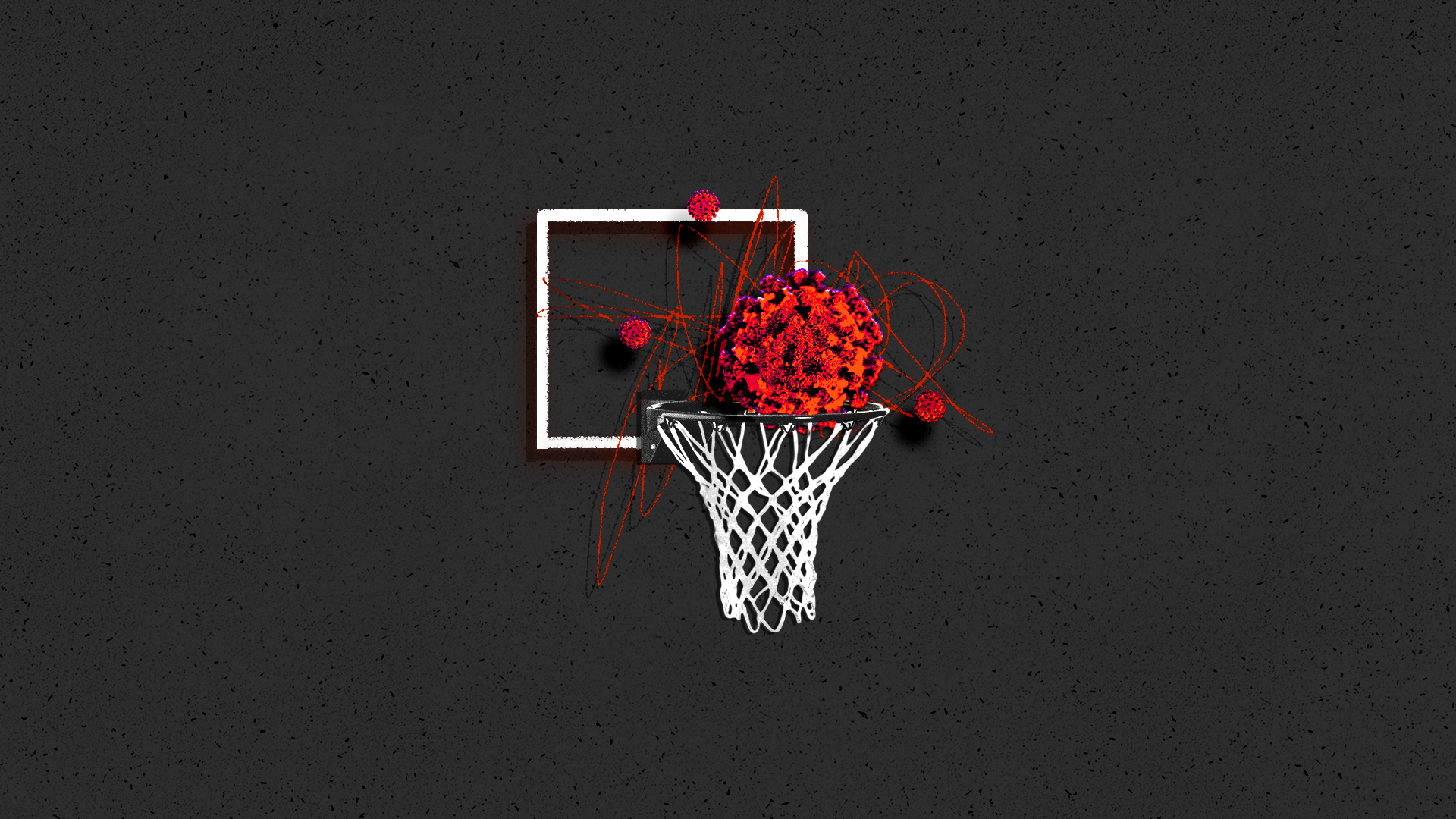
COVID-19 & the future of college athletics
Last Spring, as the coronavirus forced colleges and universities across the country to shut down their campuses and pivot online in order to protect students, many schools made the excruciating decision to cut non-revenue sports. The University of Cincinnati discontinued men’s soccer. So did Appalachian State. Stanford cut eleven of its varsity programs including rowing, volleyball, and wrestling, while George Washington University cut seven. As of September, 230 collegiate athletic programs have been discontinued nationwide.
Since the start of the pandemic, we’ve been helping clients navigate the chaos. COVID-19 has already had a profound impact on the 2021 admissions cycle, but the effects on college athletics have really only just begun. Here are a few things we can expect moving into 2021.
More bad news on the horizon
Football and basketball are the primary cash cows in the world of college sports. The Spring 2020 cuts were, in almost all schools’ cases, directly related to the loss of revenue caused by March Madness being cancelled. While football has resumed – at least in limited capacity – across the Power Five, schools will be reporting massive financial losses by post-season. What no one is quite sure of is how much.
There’s a reason college football stadiums are bigger than the NFL’s – schools rely on gate revenue. Limiting attendance to 20% or 25% capacity allows attendees to socially distance, as they rightfully should, but there’s simply no way to recoup that financial loss.
We’ve been working with our collegiate athletics partners to rethink the virtual game experience by experimenting with purchasing stadium seats utilizing 360 camera views and augmented reality to put fans in different locations in the stadium they might not get even if they were their in person, like from the bench.
Pay-to-play
The argument for paying college athletes, particularly football and basketball players, started long before COVID-19, but the pandemic has elevated the conversation. We don’t know the long-term effects of COVID-19. We also can’t guarantee players they won’t be infected. Playing very well could put their lives and the lives of their families at risk. Many student athletes are taking a stand, including those in the Pac-12, who announced in August they would boycott the season until the league addresses their health and safety concerns, in addition to their calls for racial justice.
We are watching closely to see how this impacts the current pay for name and likeness rules approved by the NCAA in 2019. This will drastically change how recruiting is done, but we have some new ideas about that we can’t share just yet.
A lost generation
College athletes aren’t just athletes; they’re students. They’re on scholarship to attend and play for their respective college or university. Disrupted and postponed games throw that into question and put their very livelihoods on the line.
To mitigate the impact on students, the NCAA has granted Division 1 athletes an additional year of eligibility. Those who choose to take advantage will remain in school another year, leaving one less spot on the team for an incoming freshman. Depending on the number of athletes who choose to stay, rather than graduate or go pro, we could be losing an entire generation of athletic talent.
Goodbye “Last Chance U”
Traditionally, community college athletics has been regarded as “Last Chance U”. COVID-19 will throw that out the window. Not only for athletics, but academics, too.
We have no clue how long this virus will be with us, so virtual learning will continue to be extremely important for students moving forward. There’s long been a debate about the cost of higher education, but COVID-19 has caused many people to question the price tag of an online degree they could just as easily obtain from the community college down the street, for a much lower cost.
Community colleges will become more competitive than ever, and as larger universities continue to drop non-revenue sports programs, community colleges have newfound opportunities to draw students – and athletes – their way. For schools that are so dependent on tuition dollars, adding sports programs is a no-brainer. We’ve been assisting our community college clients do just that, bolstering their athletic recruiting so they can draft a team, while in season, as quickly as possible.
As the saying goes, the only certainty is uncertainty. While we don’t know what next year or the year after will look like, we’ll continue to monitor the situation closely and be prepared to help our clients navigate the ever-changing landscape – every step of the way.